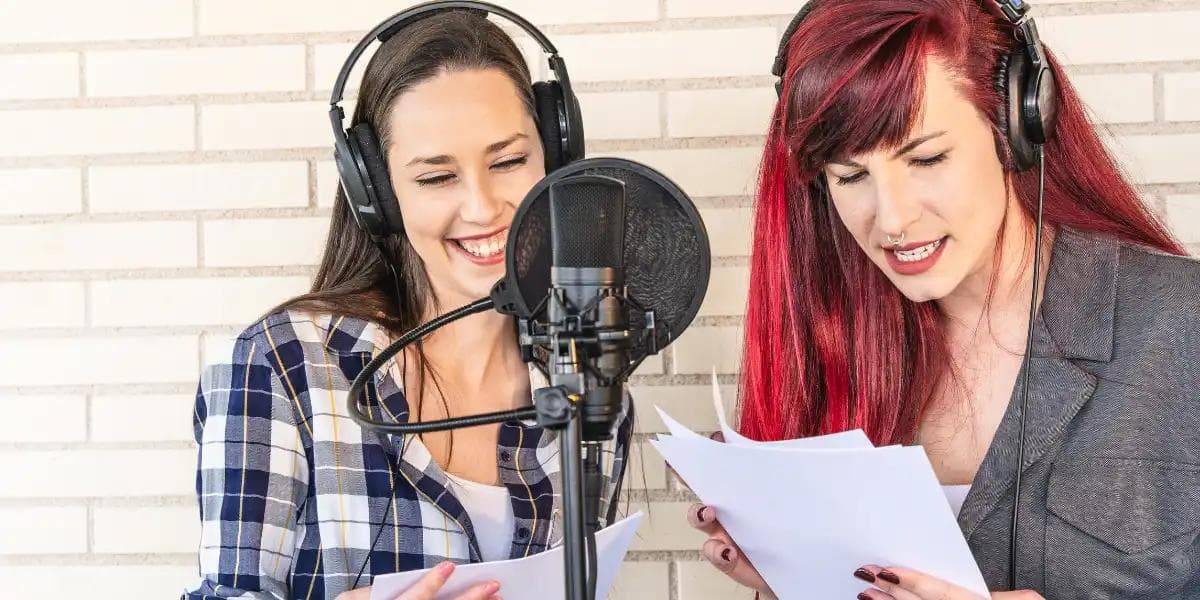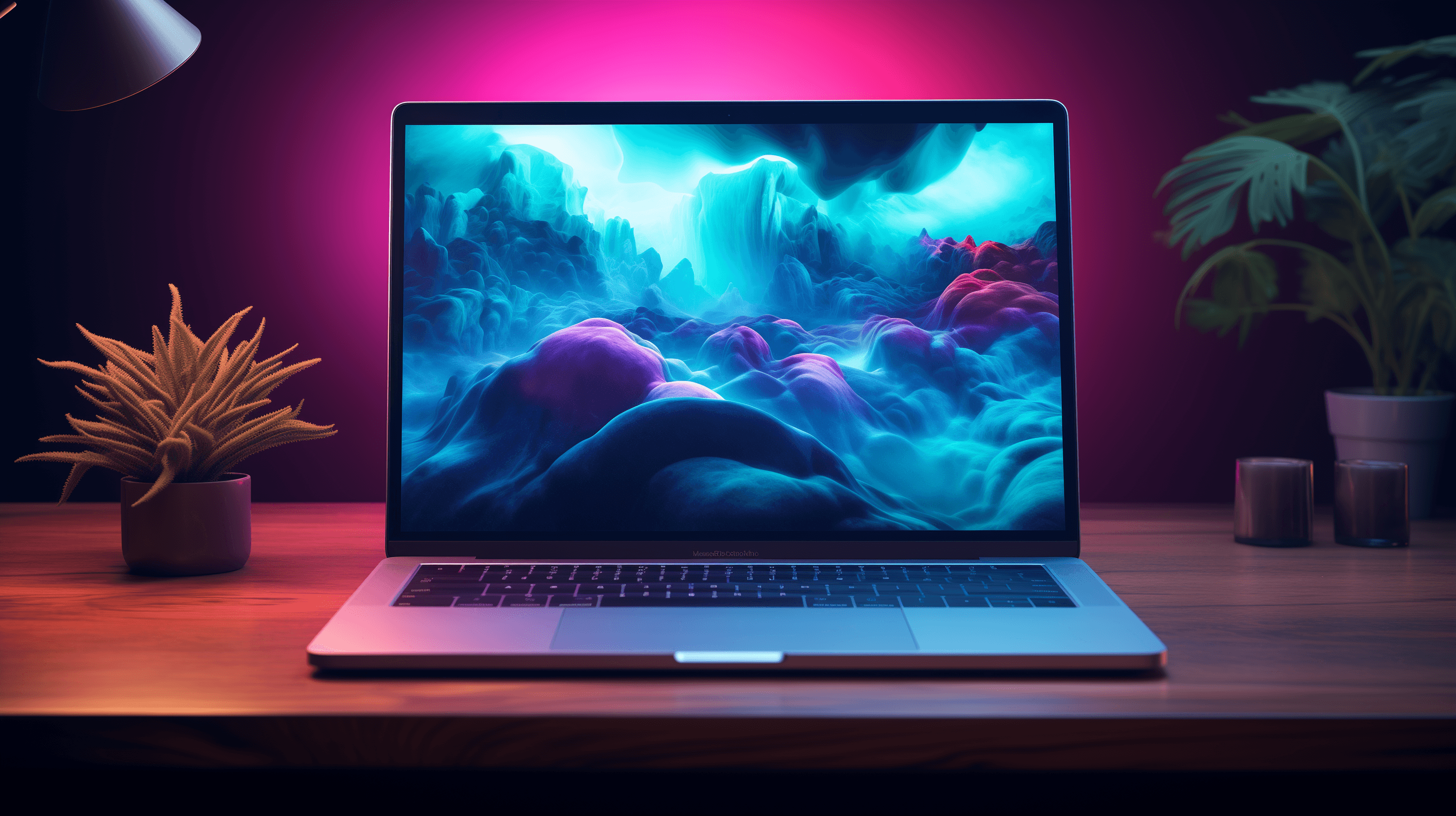The Ultimate AI Video Dubbing Solution: How Brainless AI Outperforms Traditional Dubbing

Satya Dewangan

The Challenges of Traditional Video Dubbing for English-Speaking Creators
For creators, the goal of dubbing is to make content accessible across languages without losing its essence. However, traditional dubbing methods often miss the mark, especially when translating English content into languages like Hindi. Let’s break down these issues with clear examples using transliteration and explanations so you can fully grasp the problem and how Brainless AI resolves it.
1. Losing Critical English Words
In professional or technical content, some English words are essential for clarity. Traditional dubbing replaces these terms with literal translations, leading to confusion.
Example:
Imagine a tech tutorial where the phrase is:
Original (English): “The smartphone has a 50-megapixel camera.”
- Traditional Dubbing (Hindi): “इस स्मार्टफोन में 50 lakh pixel का कैमरा है।”
(Is smartphone mein 50 lakh pixel ka camera hai.)
Here, “50-megapixel” becomes “50 lakh pixel”. While this is accurate, it feels unnatural and unnecessarily complicated for a Hindi audience familiar with “megapixel.”
How Brainless AI Fixes It:
Brainless AI keeps key English terms intact:
"Is smartphone mein 50-megapixel ka camera hai."
This approach makes the content relatable and easier to follow for viewers who are already familiar with technical jargon in English.
2. Humor and Idioms Fall Flat
Jokes and idioms often don’t translate directly, resulting in awkward or meaningless content.
Example (Joke):
Original (English): “Why did the computer go to the doctor? It caught a virus!”
- Traditional Dub (Hindi): “Computer doctor ke paas kyun gaya? Usko virus ho gaya.”
(Computer doctor ke paas kyun gaya? Usko virus ho gaya.)
This literal translation retains the words but loses the humor because the phrase “caught a virus” doesn’t have the same connotation in Hindi.
How Brainless AI Fixes It:
Brainless AI adapts the joke into culturally relevant phrasing:
"Computer doctor ke paas kyun gaya? Uski tabiyat kharab thi, virus jo aa gaya!"
Now, the joke feels natural and funny in Hindi while staying true to the original context.
3. Emotionally Disconnected Audio
In traditional dubbing, voiceovers often fail to match the speaker's tone, creating a jarring experience for the viewer.
Example (Motivational Speech):
Original (English): “Believe in yourself, even when no one else does.”
- Traditional Dub (Hindi): “Khud par vishwas rakho, jab koi aur na kare.”
(Khud par vishwas rakho, jab koi aur na kare.)
While the translation is accurate, the flat delivery often fails to convey the same inspiration.
How Brainless AI Fixes It:
Brainless AI generates voiceovers with emotion:
"Khud par vishwas rakho, jab koi aur nahi karta tab bhi!"
The slight rephrasing and emotionally tuned voice make the speech as impactful as the original.
4. Inconsistent Terminology in Long Videos
Traditional dubbing struggles to maintain consistency across long-form content, leading to confusing variations in word choice.
Example (Tutorial):
Original: “Click on the crop tool and adjust the image composition.”
- Traditional Dubbing:
- At 5:00: “Crop tool par click karo aur image adjust karo.”
- At 10:30: “Image ka composition change karne ke liye crop option use karo.”
The inconsistency (using “crop tool” and “crop option” interchangeably) can confuse viewers.
How Brainless AI Fixes It:
Brainless AI ensures consistent terminology:
"Crop tool par click karke image composition adjust karo."
This creates a smooth and professional viewing experience.
5. Mismatch Between Audio and Lip Movements
Traditional dubbing often struggles to sync the translated dialogue with the speaker’s lip movements, making the content feel unnatural.
Example (Video Clip):
Original (English): “Let’s go!” (2 seconds long)
- Traditional Dubbing (Hindi): “Chalo chalte hain!” (3 seconds long, doesn’t match visuals.)
How Brainless AI Fixes It:
Brainless AI adapts the translation to fit the timing:
"Chalo!"
This ensures that the dubbed speech aligns perfectly with the visuals.
6. Lack of Cultural Sensitivity
Traditional dubbing sometimes fails to adapt content for cultural nuances, making it less relatable for the audience.
Example:
A lifestyle video refers to “Thanksgiving dinner”, which might not resonate with Hindi-speaking audiences unfamiliar with the holiday.
How Brainless AI Fixes It:
Brainless AI adapts such references:
"Ek khaas dinner, jaise humare yahaan Diwali ki daawat."
(A special dinner, like a Diwali feast for us.)
This ensures that the content feels culturally relevant.
Why Should This Matter to English-Speaking Creators?
Traditional dubbing can alienate your target audience by:
- Confusing them with unnatural translations.
- Losing the humor, emotion, and tone of your original content.
- Creating inconsistent or culturally irrelevant phrases.
Brainless AI ensures that your content feels natural, engaging, and professional in every language, helping you reach a global audience effectively.
Brainless AI in Action
Scenario (For a Travel Vlogger):
Original (English): “The Eiffel Tower is stunning at night!”
- Traditional Dubbing (Hindi): “Raat mein Eiffel Tower shaandaar dikhta hai.”
(Raat mein Eiffel Tower shaandaar dikhta hai.)
While correct, it feels stiff and uninspiring.
Brainless AI:
"Raat mein Eiffel Tower ki roshni dekhkar dil khush ho jaata hai!"
(At night, the Eiffel Tower’s lights fill your heart with joy!)
The translation adds emotional depth while keeping the iconic “Eiffel Tower” intact for familiarity.
Experience the Future of Dubbing
Brainless AI transforms your videos into culturally rich, contextually accurate, and emotionally engaging masterpieces. Say goodbye to awkward translations and hello to content that truly resonates.
👉 Try Brainless AI now at www.brainlessai.in.



